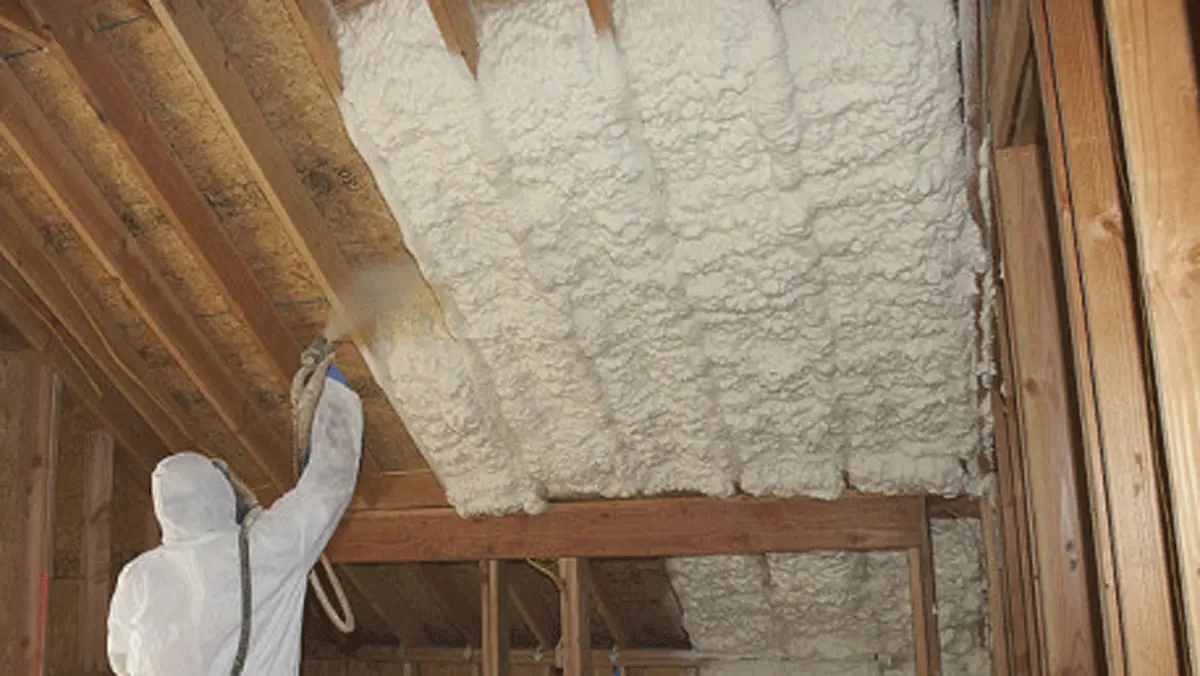Deciding Between Open Cell and Closed Cell for Insulation
Insulating your home is a decision you can’t take lightly. Especially so for spray foam insulation. The two types are open and closed cell spray foams. One type is better than other for different concerns.
The decision is overwhelming but speaking with experts can clear the clouds. Till you do that, we point out the main differences in structure and function of each type so you get a big picture.
Differences in Structure and Function
Cellular Structure
Open cell foam is made up of cells that aren’t completely closed, allowing air to fill the open space inside the material, making it softer and more flexible.
Closed cell foam, however, has completely closed cells that are filled with a gas that helps the foam expand and become an effective insulator.
Density and R-Value
Closed cell foam is denser and has a higher R-value per inch, which makes it a better choice for places where temperatures fluctuate or where insulation is an absolute necessity.
Open cell foam, while less dense and having a lower R-value, is more cost-effective for interior spaces without extreme temperature changes.
Moisture Resistance and Air Sealing
Because closed cell foam is so dense, it forms a barrier that almost completely blocks both air and moisture. This makes it perfect for damp places like basements or places with a lot of humidity.
On the other hand, open cell foam lets air and moisture pass through, which can be helpful in climates where moisture buildup is not as much of a problem but might still need extra vapor barriers.
Soundproofing Capabilities
Most of the time, open cell foam is better at soundproofing because it is softer and more flexible, which helps absorb sound. As a result, it works especially well in homes where noise reduction is important.
Even though closed cell foam does help to block out some noise, it is not as good because it is stiff.
Expansion and Application
Expansion
When open cell foam is applied, it expands up to 100 times its liquid volume. This helps it fill in all the cracks and crevices in a building structure, so nothing is missed.
Closed cell foam only expands about 30 times its original size. This gives you more control over how it is applied, which is helpful in places that need precise insulation levels.
Application
Picking between the two also depends on how they will be used and what results you want in terms of energy efficiency and structural integrity.
It is easier to use open cell foam in large areas and tricky spaces, but closed cell foam is better for making insulated areas stronger.
Final Thoughts
You should think about your insulation needs, the climate where the building is located, and your budget when deciding between open cell and closed cell foam.
Both types have their own benefits and can make a building much more comfortable and energy efficient.
Knowing the pros and cons of each and how they can be used will help you make an informed choice that fits with your long-term goals for insulating your home.
Using high-quality products from reputable companies like Isothane in a project, whether it is for a home or a large-scale industrial use, guarantees the best performance and durability.
Isothane has different kinds of polyurethane foam products that can be changed to fit the needs of different industries, like construction, marine, and more. If you need open cell foam to block noise and keep the temperature stable or closed cell foam for better resistance to moisture and heat insulation, Isothane has high-quality materials and full technical support. Contact them today for more information about their solutions and your needs.
For more information, visit https://isothane.com/open-cell-closed-cell-spray-foam-insulation/







